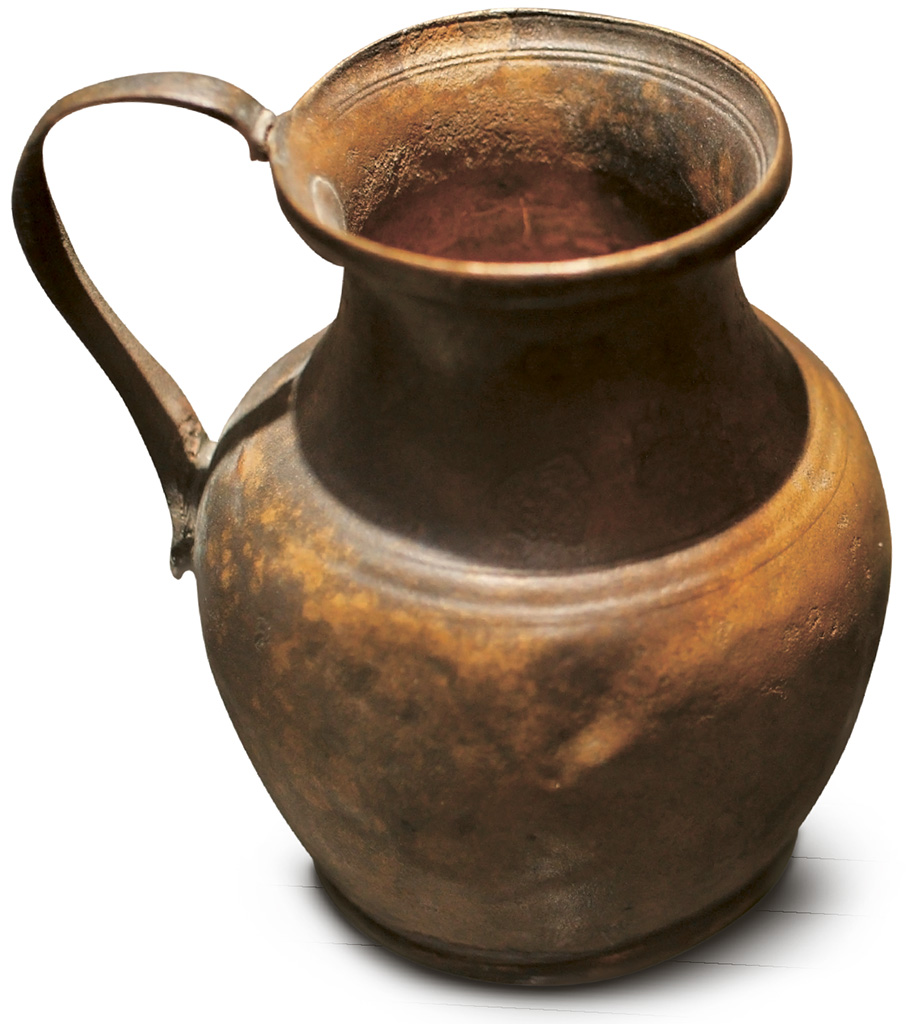
t Fresco depicting a garden with birds and fruit trees from the dining room of Livia’s Villa at Prima Porta, north of Rome
The main site of the Museo Nazionale Romano, the airy 19th-century Palazzo Massimo alle Terme holds an exceptional collection of antiquities dating from the 2nd century BC to the end of the 4th century AD.

t Fresco depicting a garden with birds and fruit trees from the dining room of Livia’s Villa at Prima Porta, north of Rome
Founded in 1889, the museum contains one of the world’s leading collections of Classical art, comprising frescoes, mosaics, statues and other artifacts found in Rome since 1870. The exhibits are beautifully displayed on several floors. The courtyard, with its portico of statues dappled with light and shade, is a wonderful introduction to this spectacular collection. The museum has many highlights, but the exquisite frescoes from Livia’s Villa are a particular must see.
The Museo Nazionale Romano has four sites. The other branches are in the Baths of Diocletian, just around the corner from Palazzo Massimo alle Terme (see box), the Crypta Balbi and Palazzo Altemps. The same entry ticket is valid for all four sites for three consecutive days.

t Courtyard of the 19th-century Palazzo Massimo alle Terme, lined with statues
Experience Quirinal and Monti
Collection Highlights |

Frescoes and MosaicsSome of the most joyous displays are on the second floor, where wall paintings and mosaics have been brought from ancient villas excavated in and around Rome. The most incredible are the four exquisite floor-to-ceiling illusionistic frescoes from the underground dining room of a villa that belonged to Emperor Augustus’s wife Livia. They portray a garden with flowers, fruit trees and birds, and were created to give diners the impression they were eating al fresco. |

ObjectsIn the basement, objects evoke the reality of everyday life in ancient Rome. There are ivory dice, sewing needles, sets of compasses and a miniature abacus, along with tiny spoons used for mixing cosmetics. Don’t miss the haunting Grottarossa Mummy, the mummified remains of an eight-year-old girl, buried with her jewellery and doll. |

SculptureExhibits on the first floor evoke the luxury enjoyed by the elite of ancient Rome, typified by the elaborate bronze fittings – including lion heads and a Medusa – from the opulent boats which Emperor Caligula used for parties on the Lake of Nemi. Other highlights include an ivory Mask of Apollo and a striking bronze sculpture of a Boxer whose lips and wounds have a red hue. |
Experience Quirinal and Monti
L4 ⌂ Terme di Diocleziano, Viale E de Nicola 79 § 06-3996 7700 # 9am–7:30pm Tue–Sun

Built under Emperor Diocletian between AD 298 and 306, this bath complex was the largest in ancient Rome. Parts were later converted into the church of Santa Maria degli Angeli e dei Martiri. The Baths now house the Museo Nazionale Romano’s collection of funerary monuments and inscriptions. Highlights include a display about the history of writing and a section on amulets and magic.